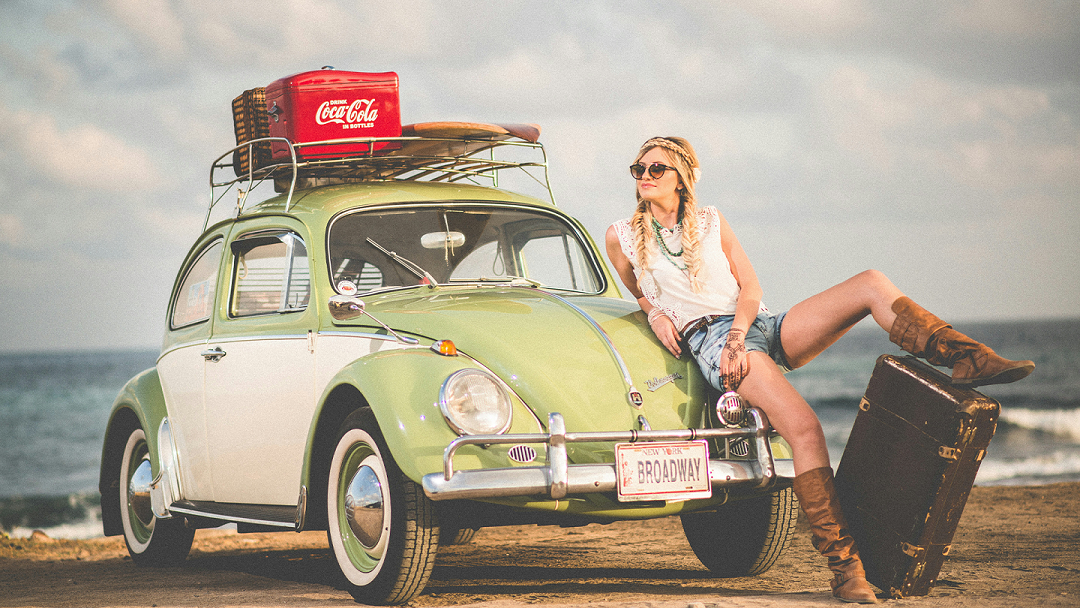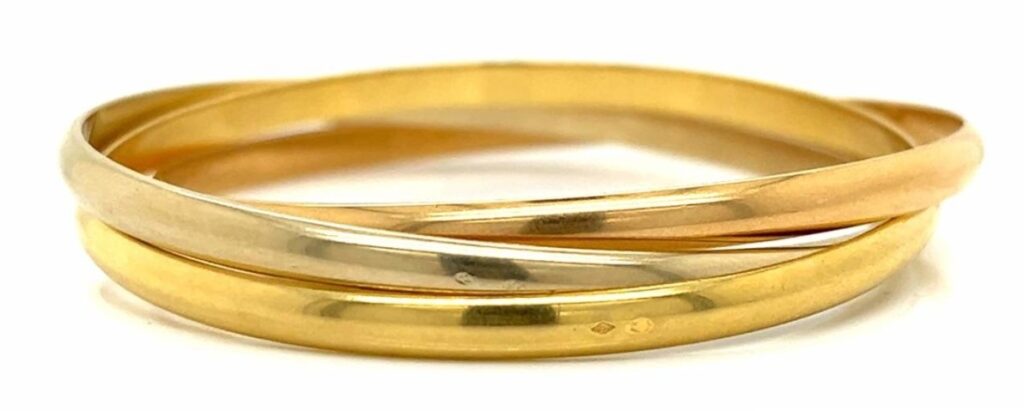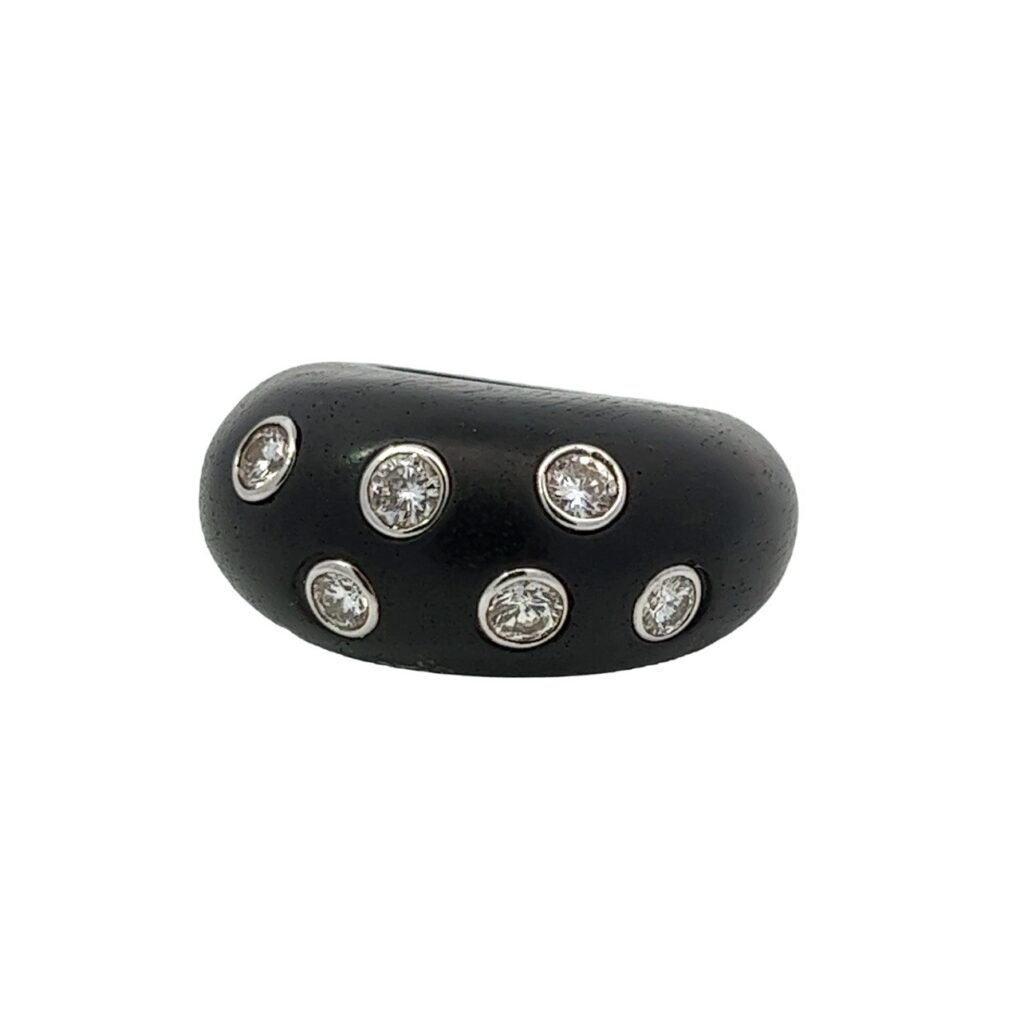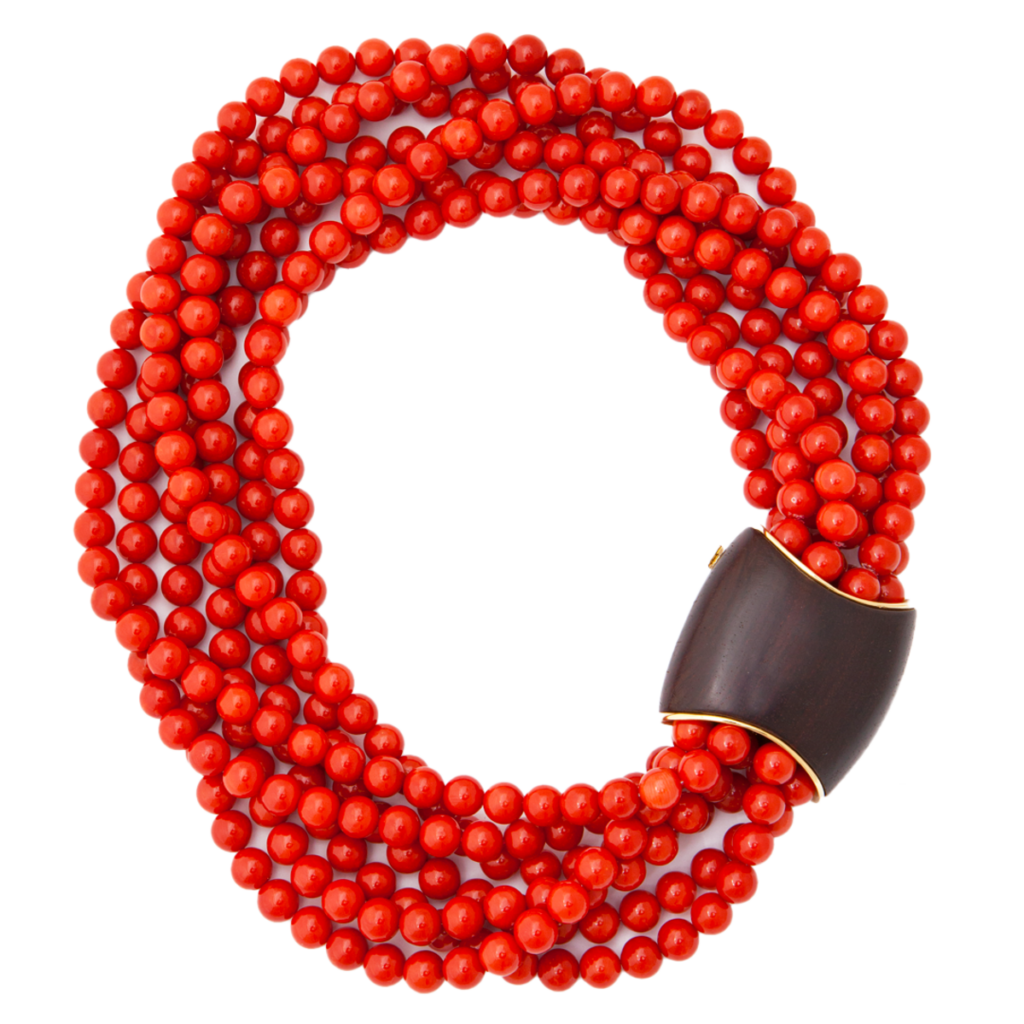If ever there was a style that never goes out of style, it would have to be bohemian chic. Today we associate the look mostly with the counterculture hippie movement of the 1960s and early 1970s, however, bohemian fashion has its origins in the French Revolution (1789-1799). So how did a revolution spark a fashion trend that still resonates some two hundred plus years later, even though the look is very different?
A Changing World
Prior to the French Revolution, artists, musicians, writers and other creatives had patronages from wealthy aristocrats who paid them for their services. With the dawn of the French Revolution, much of the aristocracy fled the country, or lost large amounts of wealth leaving them unable to continue their patronages. With no means of making money, creatives were plunged into poverty.
With money tight, clothes were a luxury, but also a necessity, so the artistic types of the day began wearing used clothes, often oversized and billowing. The look soon came to represent a lifestyle of free-spirited artistic independence. During this time, nomadic Romani gypsies migrated to France from Bohemia in Eastern Europe. The gypsies had a similar style as the creatives and the look became known as “bohemian”. It was initially a derogatory term, but eventually evolved into a description of creatives and intellectuals with artistic sensibilities and an unconventional lifestyle. In fashion that meant a move away from the formal, rigid clothes of the late 1700s and 1800s. Corsets and crinolines were abandoned for softer, less restrictive clothes. At this point people were so poor that jewelry wasn’t part of the look.
Handmade Style
By the 1830s, bohemian style was flourishing and it became connected to what was seen as a counterculture movement at the time. While it was looked down upon by nobility, the style was becoming more popular with artists and some of the arts appreciating bourgeoisie, who were the middle class, but had enough influence to affect cultural and social change. Around the 1850s, Bohemian fashion became more accepted and even members of the aristocracy were warming up to this style. Some jewelry was worn at this time, but the pieces were often handmade and not necessarily from traditional materials.
Part of the bohemian movement was a rejection of materialism and excesses. Bohemians were more interested in individualism, creativity and art. Anything hand-made took priority over machine made. Many made their own clothes to avoid the conformity of mass produced apparel, while others who made their own clothes, viewed it as an expansion of their creativity and art with their clothes becoming an artistic statement. Put another way, the artist became the art by layering pieces with different fabrics, textures and patterns. Paisley, florals and Asian themes were, and still are, popular to this style of dressing.
Artistic Expression
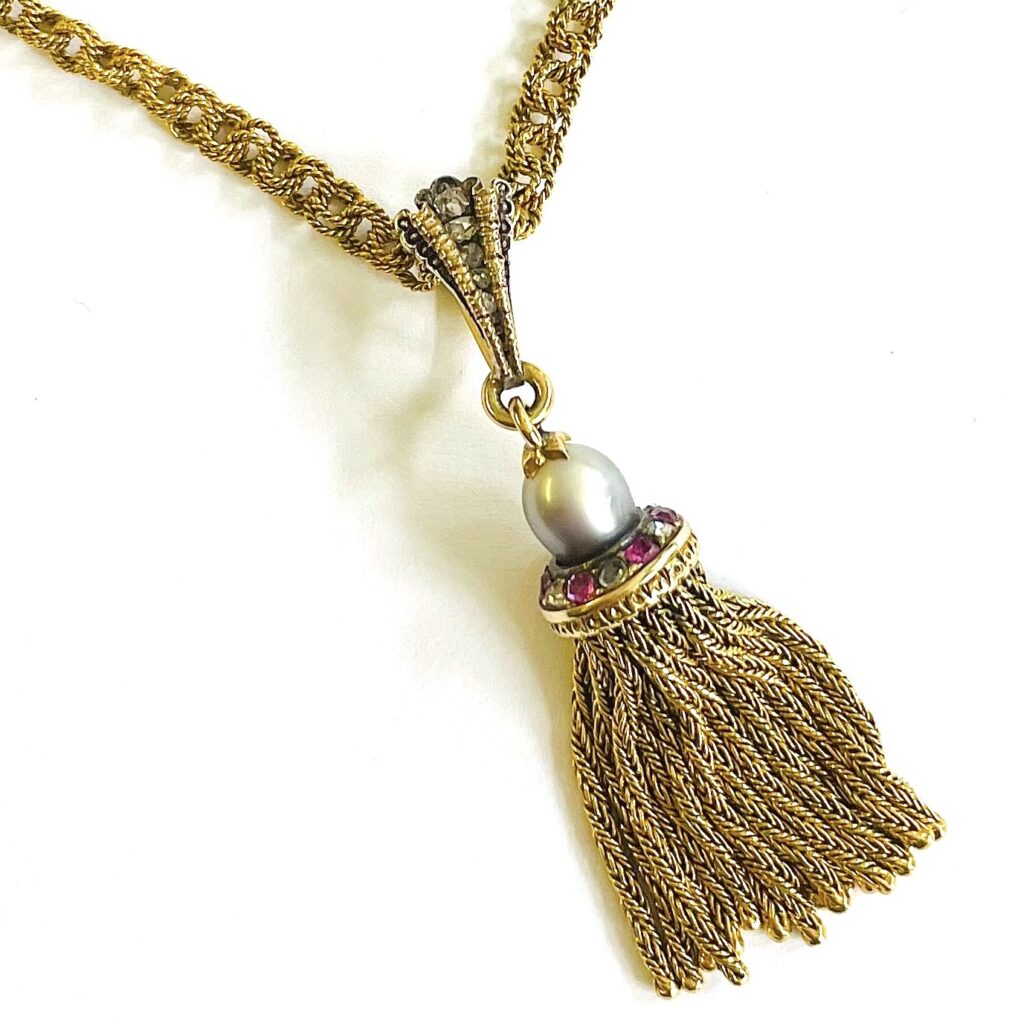
By the end of the 1800s and into the early 1900s, this individualistic fashion style was going strong, with creatives and sometimes their supporters dressing in a similar fashion – all with the common goal of nurturing the arts. By this time jewelry was being worn by bohemians, but not the traditional diamond garland jewelry that was prevalent at the end of the 1800s. By now the Arts and Crafts movement, which started in the middle of the 1800s, was in full swing in England. The arts and crafts movement, which was led by William Morris and John Ruskin, was about moving away from machination and into the appreciation of the beauty and craft of handmade objects. The style drew heavily upon nature for inspiration. The Art Nouveau movement which started towards the end of the 1800s, was also about nature and using materials that were not traditionally used in jewelry, with the premise that design was more important than the intrinsic value of the materials being used. These were two concepts that appealed to the bohemian sensibility. The jewelry worn during this time was often hand-made and had motifs from nature. Sometimes flowers were used for adornment as were bead necklaces.
In the early 1900s, Parisian courtier Paul Poiret helped to mainstream bohemian fashion even more. He created clothes that were unconventional, filled with color and exotic influences from the East. Poiret also discarded corsets and crinolines for more loose, fluid styles of clothing that were a designer version of bohemian style.
Modern Bohemian Fashion

Bohemian style took a little hiatus during the first part of the 20th century as two world wars erupted and life priorities changed. However, in the 1960s and 1970s, bohemian style came roaring back as part of the counterculture hippie movement. It’s been around ever since and the look is having a particularly strong moment right now.
The essence of bohemian style — individualism and free artistic expression — has become a mainstream fashion code defined by billowy blouses and long flowing skirts along with layers and stacks of jewelry. Lace, crochet, leather, suede and denim are all important elements in bohemian style as are floral and exotic prints in an earthy or muted color palette along with mismatched patterns. Fringe and tassels are playful adornments.
Jewelry Adds to Bohemian Style
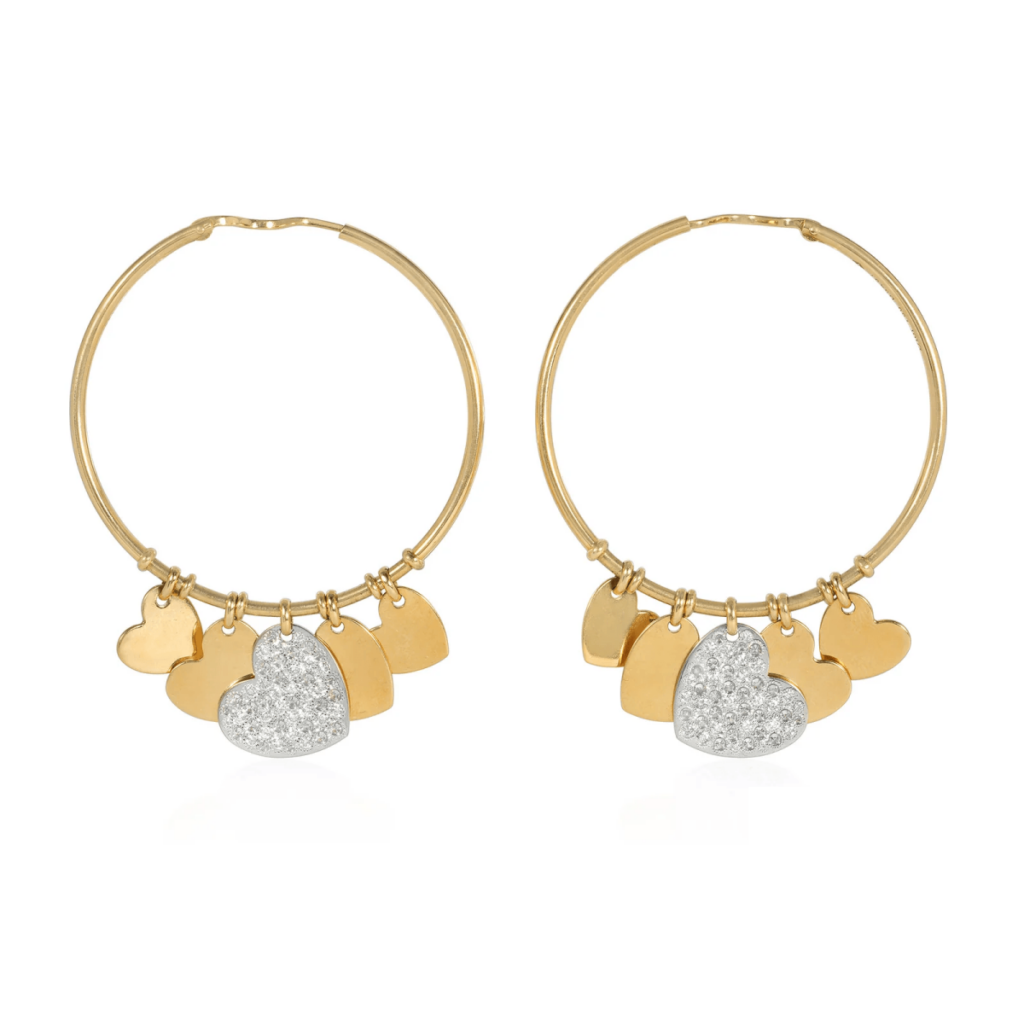
When it comes to jewelry, times have changed for bohemian fashion. Today the style includes lots of jewelry. Silver, especially with a matte or blackened finish is important to the look. Wood, leather and other unexpected materials along with turquoise, pearls and opal are favored. Bracelets are stacked on both wrists, multiple necklaces are layered around the neck and large earrings, especially hoops define bohemian style. As the 1960s morphed into the 1970s, rich hippie chic became a new fashion statement that borrowed from bohemian style. Basically it uses all the same codes, but with fine jewelry and designer clothes.
What jewelry goes with bohemian style? Given the free-wheeling vibe of bohemian fashion, there’s a lot of leeway to do what you like. Vintage jewelry is a good fit with bohemian fashion the one-of-a-kind pieces reinforce the artistic feeling of the style, especially because it is about mixing not matching. Beads and vintage chains in different lengths and made from different materials along with a pendant, especially one that has the feel of a talisman is the perfect neckwear. Add stacks of mismatched bracelets to each arm, wear a few rings on your fingers and finish the look with big hoop earrings.
Bohemian style is front and center in fashion at the moment and it’s carefree sensibility allows you to create a look that reflects your own inner artist.
Top of Page: Photo Brooke Cagle, courtesy Unsplash.
Authored by Amber Michelle
